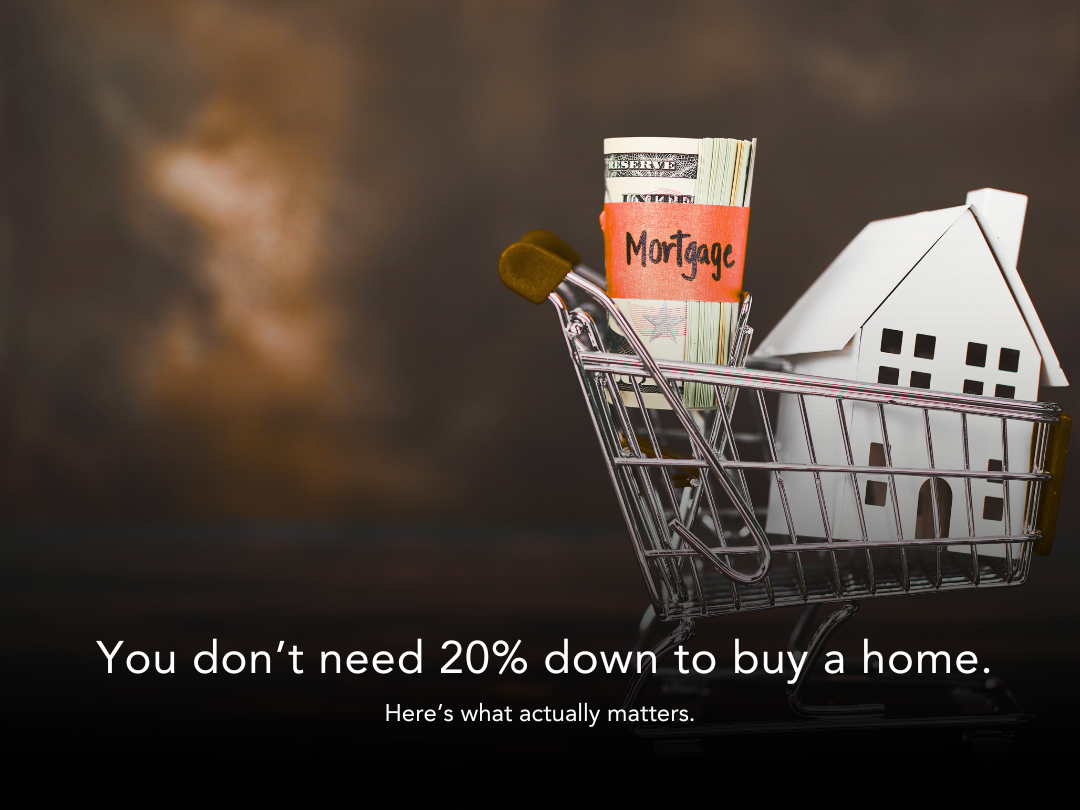In the world of real estate, one of the most important indicators of market health is housing supply, often measured in terms of inventory. Inventory refers to the number of homes available for sale at any given time. Striking the right balance in inventory levels is crucial—not only for affordability and stability but also for long-term economic health.
What is a “Healthy” Level of Housing Inventory?
Real estate professionals commonly use "months of supply" as a key metric to assess housing inventory. This measurement refers to how many months it would take to sell the current inventory of homes at the current sales pace, assuming no new listings come on the market.
Balanced Market (Healthy): 5 to 6 months of supply
Seller’s Market: Less than 5 months of supply
Buyer’s Market: More than 6 months of supply
Why 5-6 Months is the Sweet Spot
A market with 5 to 6 months of inventory typically offers:
Stable pricing trends
Moderate appreciation (3–5% annually)
Equal leverage between buyers and sellers
Room for both first-time buyers and move-up buyers
In this range, demand and supply are relatively aligned. Sellers receive reasonable offers without extreme bidding wars, and buyers have enough options to find suitable homes without overpaying.
What Happens When Inventory Falls Too Low?
When housing inventory drops below 5 months, particularly under 3 months, it signals a seller’s market—and potentially, an overheated one.
Pros of Low Inventory (for Sellers)
Strong buyer competition often leads to multiple offers
Homes tend to sell faster and above asking price
Encourages homeowners to list, seeing a favorable environment
Cons of Low Inventory (for the Market Overall)
Housing affordability plummets, especially for first-time buyers
Creates unsustainable price appreciation, increasing risk of a correction
Encourages panic buying or speculative purchases
Leads to buyer fatigue, with some exiting the market entirely
Hinders mobility: current homeowners don’t sell if they can’t find a new home
Inflates rental demand, driving higher rent prices
When prices rise too quickly, especially disconnected from income growth, a housing bubble risk increases. And when a market shifts downward suddenly (due to interest rates or economic shocks), a low-supply market can experience a harsh correction, particularly if homes were overvalued.
What Happens When Inventory Rises Too High?
On the flip side, when housing supply exceeds 6 months, we enter a buyer’s market.
Pros of High Inventory (for Buyers)
More negotiating power
Lower prices
More time to make decisions
Incentivizes builders and sellers to offer concessions and upgrades
Cons of High Inventory (for the Market Overall)
Stagnant or declining home values
Sellers may be forced to slash prices or withdraw listings
Could discourage new construction, slowing job growth in housing-related sectors
Foreclosures may rise if homeowners can't sell or refinance
Long-term homeowners may delay moves, further stalling the market
If inventory increases during a market downturn—driven by foreclosures, rising interest rates, or economic strain—it can lead to housing oversupply, prolonged corrections, and negative equity situations like those seen during the 2008 housing crash.
How Market Shifts Expose the Dangers of Inventory Imbalance
The real danger in not having a healthy level of inventory becomes more apparent when the market shifts up or down:
During a Market Boom:
Low inventory fuels price spikes, making homes unaffordable
Buyers compete aggressively, often waiving inspections and overpaying
Builders may try to ramp up production, but supply chain and labor limits slow progress
When rates rise or demand slows, prices may fall sharply, leaving buyers underwater
During a Market Correction:
If inventory is already high, rising supply compounds the problem
Sellers may hold onto homes to avoid losses, further stagnating the market
Excess inventory depresses values and erodes homeowner equity
Markets with high affordability and balanced inventory often weather downturns better. For example, regions with diverse housing stock, proactive zoning policies, and strong job markets typically stabilize faster after corrections.
Why Monitoring Inventory is Critical
For policymakers, real estate investors, and agents alike, monitoring inventory trends is essential to understanding when and how to act:
Investors can anticipate when to buy or hold based on future value trends.
Sellers can time the market to list when demand is strongest.
Buyers can identify whether to act quickly or wait for better pricing.
Cities and builders can plan for housing needs and avoid overbuilding or underbuilding.
Balance is the Key to Sustainability
A healthy real estate market isn’t defined by skyrocketing prices or rock-bottom inventory. Instead, it thrives on equilibrium—where supply and demand are aligned, affordability remains in reach, and price growth is sustainable.
Maintaining 5 to 6 months of inventory allows for a fair, flexible, and resilient market—one that can better absorb shocks, support new entrants, and foster long-term growth in communities.










